Lessons Learned at COP 28
The annual UN Climate Change Conference sets global climate policy directions. Because good climate policy requires broad participation, IISD provides a tool to help stakeholders navigate this often opaque and overwhelming process: the Earth Negotiations Bulletin. During COP 28, we helped develop the next generation of climate policy-makers by including two new writers on our ENB team.
In addition to tracking the negotiations alongside our veteran writers, we asked them to write short blogs on what other newcomers need to know to engage in the climate negotiation process. They remind us what veterans take for granted in this annual cycle of incremental progress. They also identify key entry points and ways to understand a meeting that most now simply refer to as “COP.”
The annual UNFCCC Conference of the Parties (COP) is always the most awaited climate conference of the year. Thousands of people from around the world come together to agree on ways to address the climate crisis, such as limiting global temperature rise to 1.5°C, helping vulnerable communities adapt to the effects of climate change, and achieving net-zero emissions by 2050. And every year, the COP just keeps getting bigger. Considering there were only an estimated 38,000 participants at COP 21 in Paris, COP 28 might be the biggest yet, with a record-breaking 100,000 people registered. However, one does question the effectiveness of the conference, given the number of participants in the world’s biggest decision-making forum on climate change. With the stakes getting higher, will the large number of participants hinder or help the negotiation process in what can be dubbed as a “mega” COP?
The first day of COP 28 started off with a bang, with delegates already approving the operationalization of the loss and damage fund and several developed countries pledging millions of dollars to the fund. This sent a wave of hope amongst developing countries, particularly the most vulnerable, who need the fund to address the devastating impacts of climate change in their countries. Unfortunately, what started as an early victory soon descended into a battle of voices behind the scenes, with each delegate pushing for their respective country’s interests while doing their best to reach an agreement that collectively benefits all.
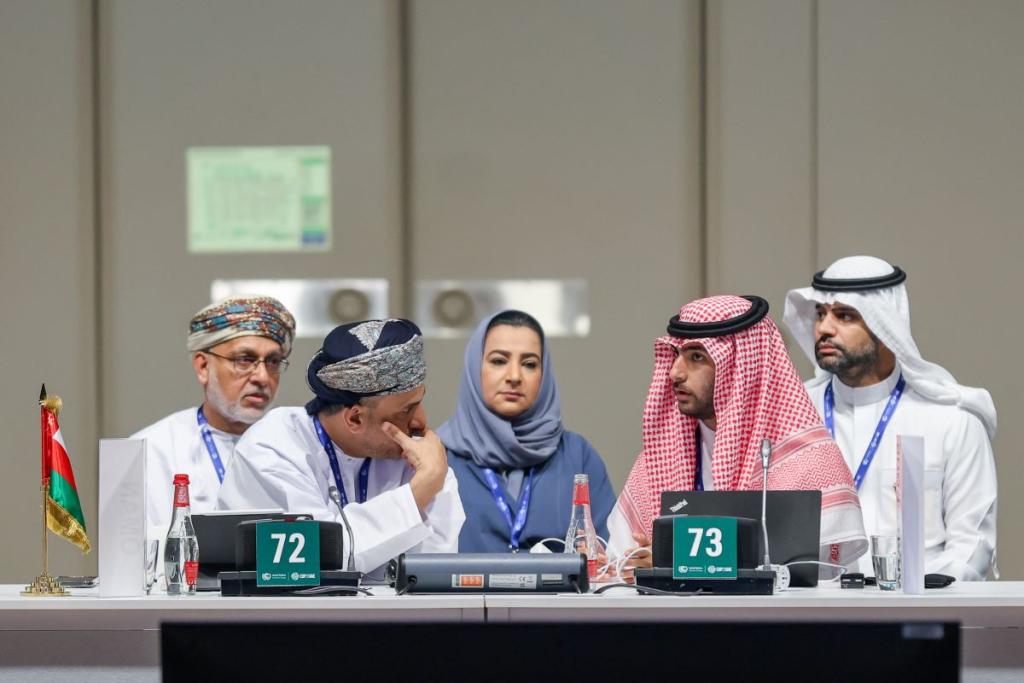
For the next several days, informal consultations were convened to discuss key issues such as the global goal on adaptation, mitigation ambition and implementation work program, just transition pathways work program, and global stocktake, among others. Negotiators debated which principles to include, what targets to set, how work programs can be implemented, and what text should be included in the draft decision, one of which is the highly controversial inclusion of fossil fuels phase-out. One could see some negotiators being part of different consultations, running from one room to the next to ensure their country’s voice would be heard and their interests protected, while other countries have sufficient representation in all the consultations. In several cases, countries that have the same interest over key issues banded together to declare their positions and negotiate as a coalition. It was fascinating to see international diplomacy and cooperation at its best, and sadly, also at its worst. One can sense the frustration in these rooms as some countries chose to take a hard stance on key issues, making it difficult for discussions to move forward. Indeed, the art of negotiations is a tricky one, requiring a delicate balance between protecting one’s own interests and finding common ground with the rest of the world.
Just as I was gaining an understanding of the negotiations process, COP 28 President Sultan Al-Jaber announced he would convene a “Majlis.” This Arabic term for “council” was meant to foster “heart-to-heart” discussions with the aim of helping countries reach consensus and break deadlocks on key issues. Such a step was unexpected and not a usual part of the process, but I learned it was not the first time such a group was convened. At COP 23, the Fiji Presidency established a Talanoa Dialogue. The Majlis was quite a spectacle, with a grand round stage and key country players speaking on contentious issues that need to be resolved.
The next few days brought on a flurry of behind-the-scenes activity, with negotiators working around the clock to finalize discussions and reach an agreement on decision texts, particularly on key issues. Finally, on December 13, one day after the scheduled end of the conference, decisions were adopted and gaveled through. The adoptions were followed by myriad reactions, ranging from applause for progress made to tears of frustration at the lack of a clear call to phase out fossil fuels. Despite the drama and chaos of COP 28, most of the media hailed it as a historic outcome.
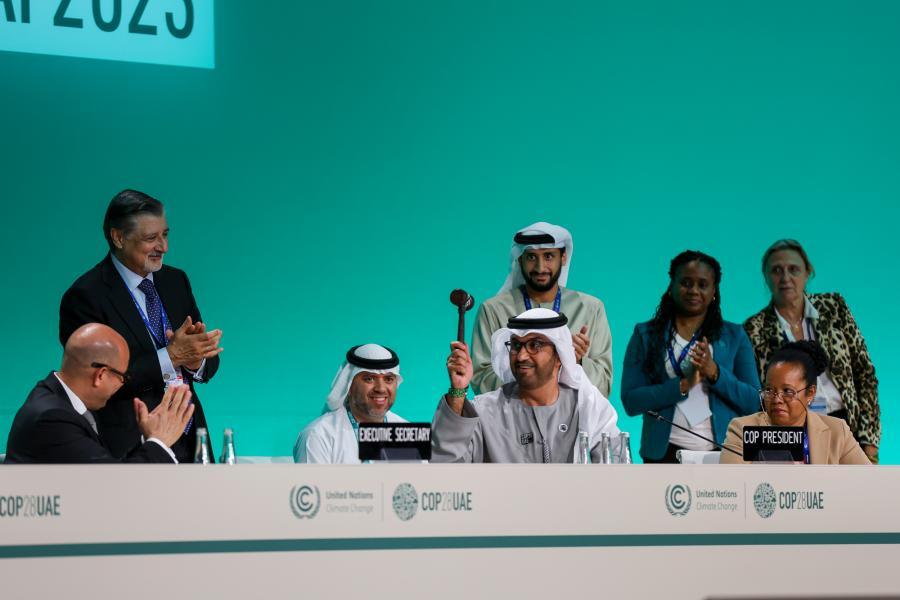
Looking back at the events during COP 28, the large number of participants made the negotiation process more transparent. However, it may have also made the negotiations more challenging and, ironically, even less inclusive at times. The ideal solution would be to strike a balance and ensure the participants who do attend COPs are there for the right reasons, although the many definitions of “balance” were the reason we needed a strong outcome in the first place. Ultimately, whether it’s a mega COP or not, what we all hope for is that every COP brings us closer to the world we want.
Maria Cristina Mundin is a Writer with Earth Negotiations Bulletin as well as a lawyer at the International Lawyers Project where she leads the Environment and Sustainable Development Programme. She is a Philippine national based in London.
From the adoption of a key funding decision on the first day of COP 28 to the inclusion of the first-ever explicit reference to “fossil fuels” during the closing plenary, I quickly surmised how each climate COP has critical opportunities to set a new path for climate action. How well these opportunities are acted upon depends partly on how the COP Presidency and the Secretariat steer this annual debate in the direction for global climate efforts. Civil society also prods governments more than I expected.
However, ultimately, it is government leaders who must find the political will to break out of their debates and determine if negotiations will match the evolving global needs.
I arrived in Dubai expecting to see the COP Presidency and UNFCCC Secretariat actively organizing and leading the discussions, and I was not disappointed. The United Arab Emirates (UAE) provided an impressive venue and worked long hours to facilitate discussions throughout COP 28. The UNFCCC Secretariat also worked tirelessly behind the scenes, as demonstrated by the number of new negotiating drafts that arrived in my inbox on a regular basis. In addition, for the first time, the UNFCCC Secretariat published a detailed list of attendees, including their affiliation. This effort to increase transparency was widely appreciated, and I look forward to COP 28 setting a precedent on this issue for future meetings.
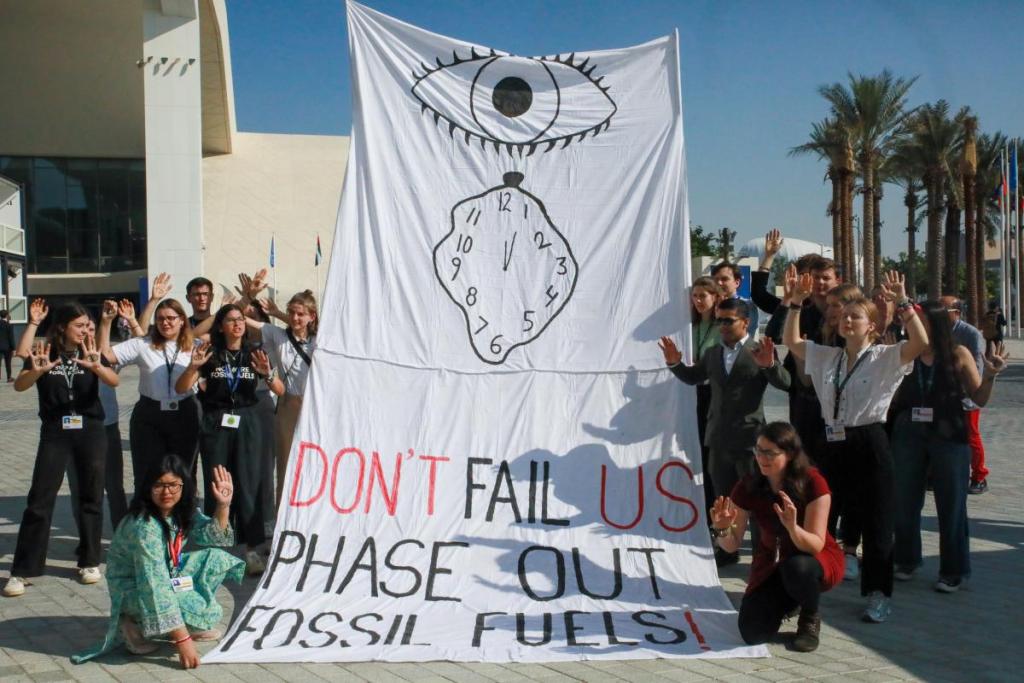
A group of actors that I did not expect to see were the civil society protesters. During a COP, civil society works within guidelines established and negotiated with the meeting organizers to coordinate “actions.” In Dubai, attendees entering the COP were greeted by colourful signs, costumed individuals, and full-throated chants on policies that civil society wishes would change. Although these activities took place on conference grounds—which are temporarily transferred to UN oversight during a COP—it still struck me as remarkable that they were taking place in a country that severely limits demonstrations and some types of organizations.
The decision to operationalize the Loss & Damage Fund, which was based on the recommendations reached by the Transitional Committee established at COP 27, showed that the multilateral process can move forward quickly when there is sufficient political will. The quick capitalization of this fund was impressive, although the size of some pledges indicated that the priorities of those with the most power are still not where they need to be. The UAE announced a relatively significant sum of money towards the new fund: USD 100 million. Developed countries announced sums that ranged from equally significant (including Italy and France’s pledges of up to EUR 100 million each) to paltry (the US pledged USD 17.5 million). The passionate pleas from civil society and government representatives for richer countries to do more on this issue will stay with me for years.
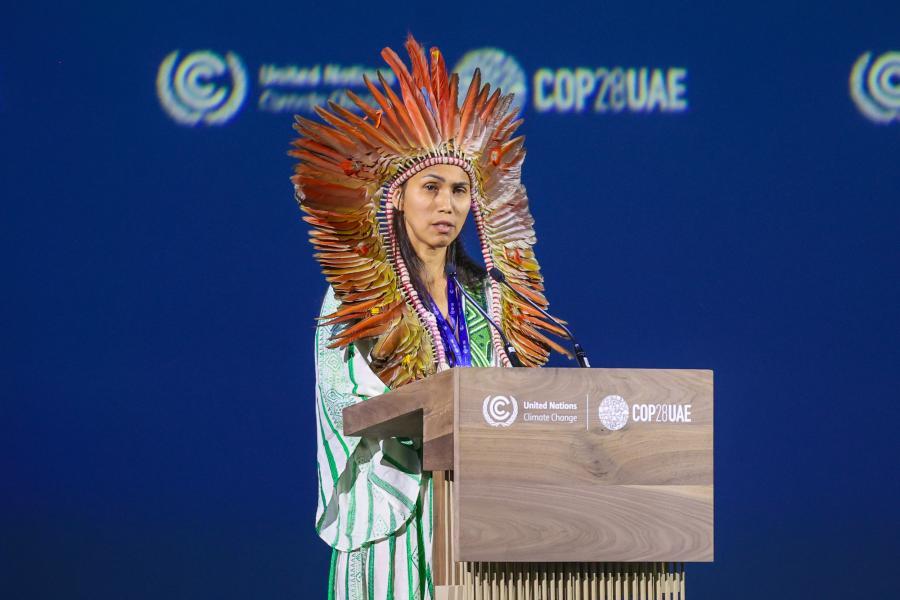
The challenge of including a reference to fossil fuels in a decision came from what I was told was a more “traditional” process of give-and-take negotiations. While this stalemate resulted primarily from a bloc of oil-producing countries, the division between developed and developing countries within the UNFCCC establishes a binary context for many debates. A number of countries in the “developing” category have outgrown that status, which was established through the annexes to this treaty that was adopted a few years before I was born. The resulting debates left me with the impression that the assumptions under which parties are expected to negotiate are not grounded in reality. If the basis for their negotiations does not match the current global context, I was left asking if it is a surprise that we are not making rapid progress.
The climate change convention is a landmark international agreement that gathers 198 countries to address a shared challenge. But there is a need to find a way around its built-in limitations. Although many questioned the value of registering around 100,000 individuals to attend COP 28, I saw the side events, special days, high-level forums, and more as evidence of a thriving public consciousness of the needs and solutions to protect this little blue planet we call home. And throughout the meeting, I recognized that I was watching history being made, and was proud to be writing its first draft in the Earth Negotiations Bulletin.
Hillary Rosentreter is a policy advisor with IISD’s Tracking Progress team. Her work focuses on the community indicator system Peg and the successful implementation of the United Nations Sustainable Development Goals at the local level.
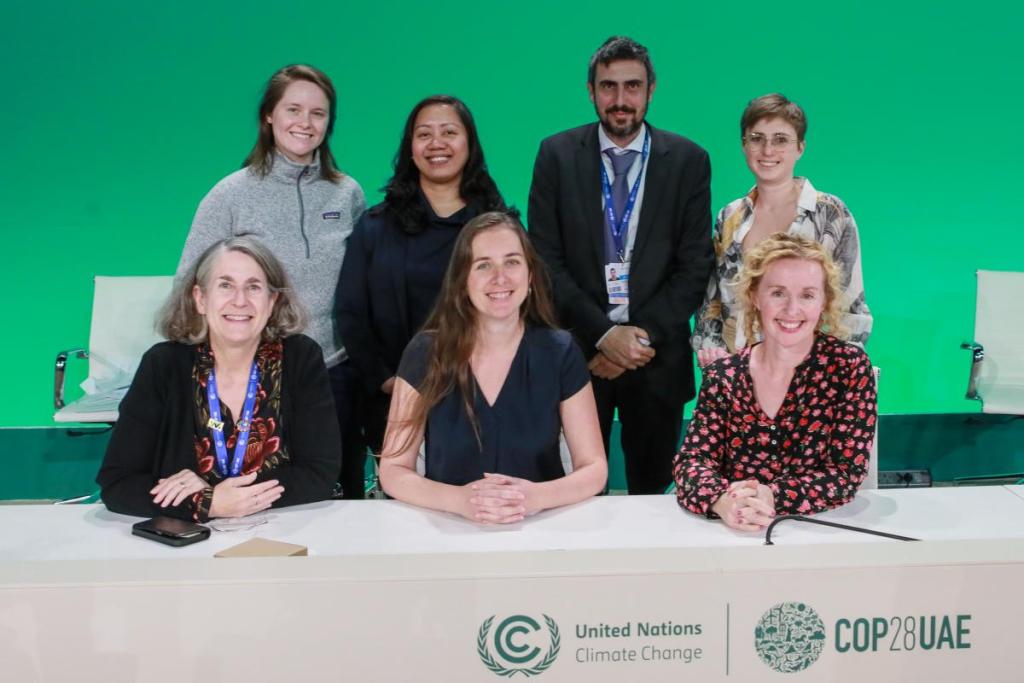
You might also be interested in
Climate Negotiations Glossary
Concise definitions of key terms and acronyms used in UNFCCC climate change negotiations and beyond.
UNFCCC Submissions Tracker
Tracking and sharing opportunities for stakeholders to give input to the UN climate change negotiations.
The State of Global Environmental Governance 2023
In global environmental talks in 2023, the focus across nearly all issue areas was funding implementation and reviewing performance.
On Behalf of My Delegation (Second Edition)
This backpacker’s guide to the world of climate change negotiations sums up key challenges faced by negotiators and ways to overcome these problems.
